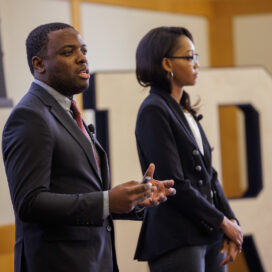Launching Into Unethical Behavior: Lessons from the Challenger Disaster
Published: June 1, 2011 / Author: By Bazerman
The 25th and last flight of the shuttle Endeavour has come and
gone. Which means there’s just one shuttle flight left: July 8’s Atlantis
launch will be the 135th and final mission for the program, 30 years after the
first shuttle test flights occurred.
For anyone who was around on Tuesday, January 28, 1986, it’s
difficult to watch a shuttle launch without remembering the Challenger
disaster, when the space shuttle disintegrated 73 seconds after launch, killing
all seven crew members. While the most commonly referenced explanation for what
went wrong focuses on the technological failures associated with the O-rings,
an examination of the decision process that led to the launch through a modern
day “behavioral ethics” lens illuminates a much more complicated, and
troubling, picture. One that can help us avoid future ethical disasters.
On the night before the Challenger was set to launch, a group of NASA
engineers and managers met with the shuttle contracting firm Morton Thiokol to
discuss the safety of launching the shuttle given the low temperatures that
were forecasted for the day of the launch. The engineers at Morton Thiokol
noted problems with O-rings in 7 of the past 24 shuttle launches and noted a
connection between low temperatures and O-ring problems. Based on this data,
they recommended to their superiors and to NASA personnel that the shuttle
should not be launched.
To read the entire article visit: Launching into Unethical Behavior
/news_and_events/news_articles/article/9244/launching-into-unethical-behavior-lessons-from-the-challenger-disaster




